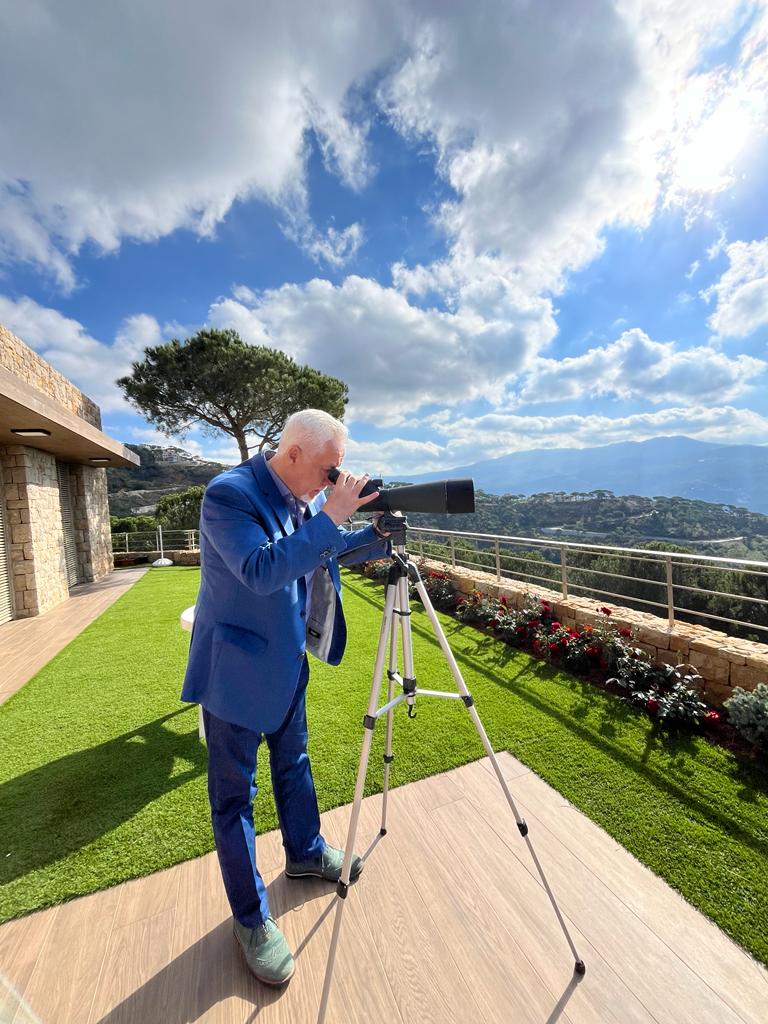
Success Story: Hima for Peace
“Hima for Peace” project, is a testament to the transformative power of nature in fostering harmony and unity among communities. At the Society for the Protection of Nature in Lebanon (SPNL), we are deeply committed to our mission
of conserving Lebanon’s rich biodiversity and promoting sustainable natural resource management. The “Hima for Peace” initiative embodies our core values and represents a milestone in our journey towards a more peaceful and sustainable future.
Amidst formidable challenges such as climate change impacts and socio-political tensions, the “Hima for Peace” project has emerged as a transformative approach by uniting communities in Kayfoun and Chemlan to collaboratively manage and preserve their shared natural resources.
I extend my heartfelt appreciation to the Robert Bosch Stiftung Foundation for their generous support
and commend the efforts of all those involved in making the “Hima for Peace” project a resounding
success. May this success story inspire others to embark on similar journeys towards a more harmonious
relationship between humanity and the natural world. (Assad Serhal, Director General Society for the Protection of Nature in Lebanon (SPNL)

The revival of the Hima approach – a traditional system of resource tenure rooted in communal stewardship – has allowed us to witness firsthand the profound impact of community-led conservation efforts.
This success story not only celebrates the achievements of the project but also highlights the resilience and determination of the people involved. From the establishment of sustainable water pumping systems to the creation of communal gardens and peace trails, each initiative undertaken under the “Hima for Peace” banner exemplifies the spirit of cooperation and environmental stewardship.
Furthermore, the expansion of the project’s scope to include neighboring municipalities underscores the ripple effect of positive change generated by community-driven conservation efforts. The signing of the Hima Charter by six additional villages speaks volumes about the enduring legacy of the “Hima for Peace” project and its potential for replication and scalability.
As we reflect on the accomplishments detailed in this success story, let us not forget the invaluable contributions of our partners, supporters, and most importantly, the communities themselves. Their unwavering dedication and commitment to protecting nature and promoting peace serve as an inspiration to us all.